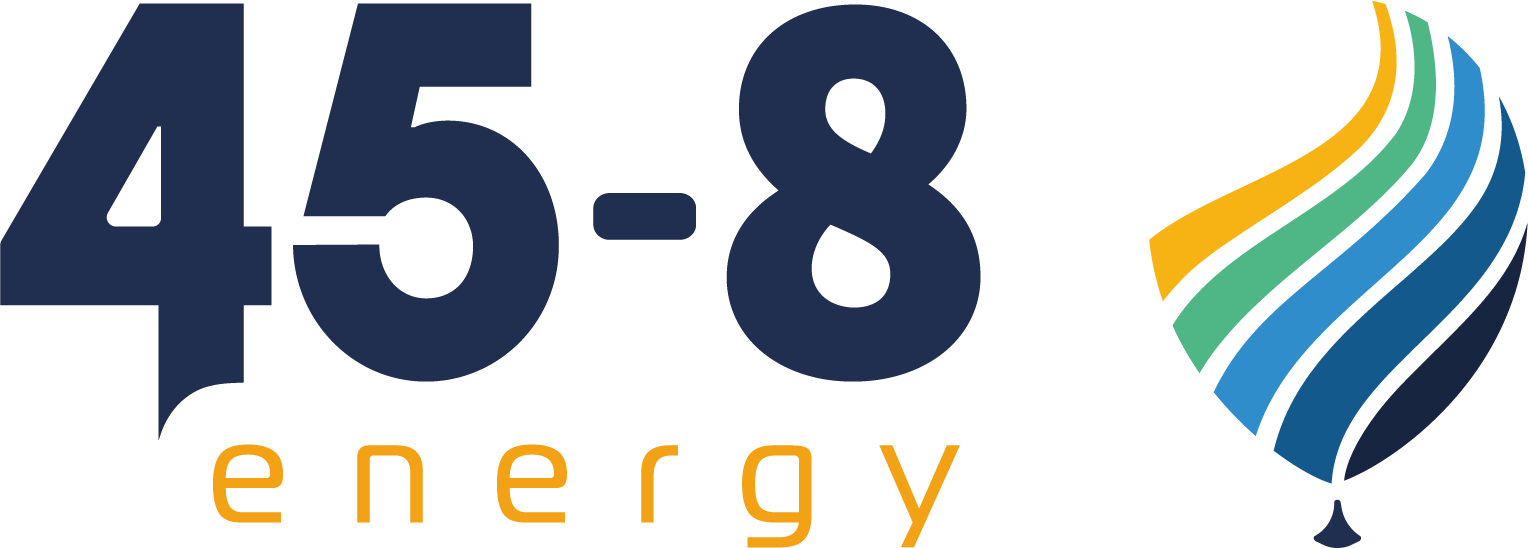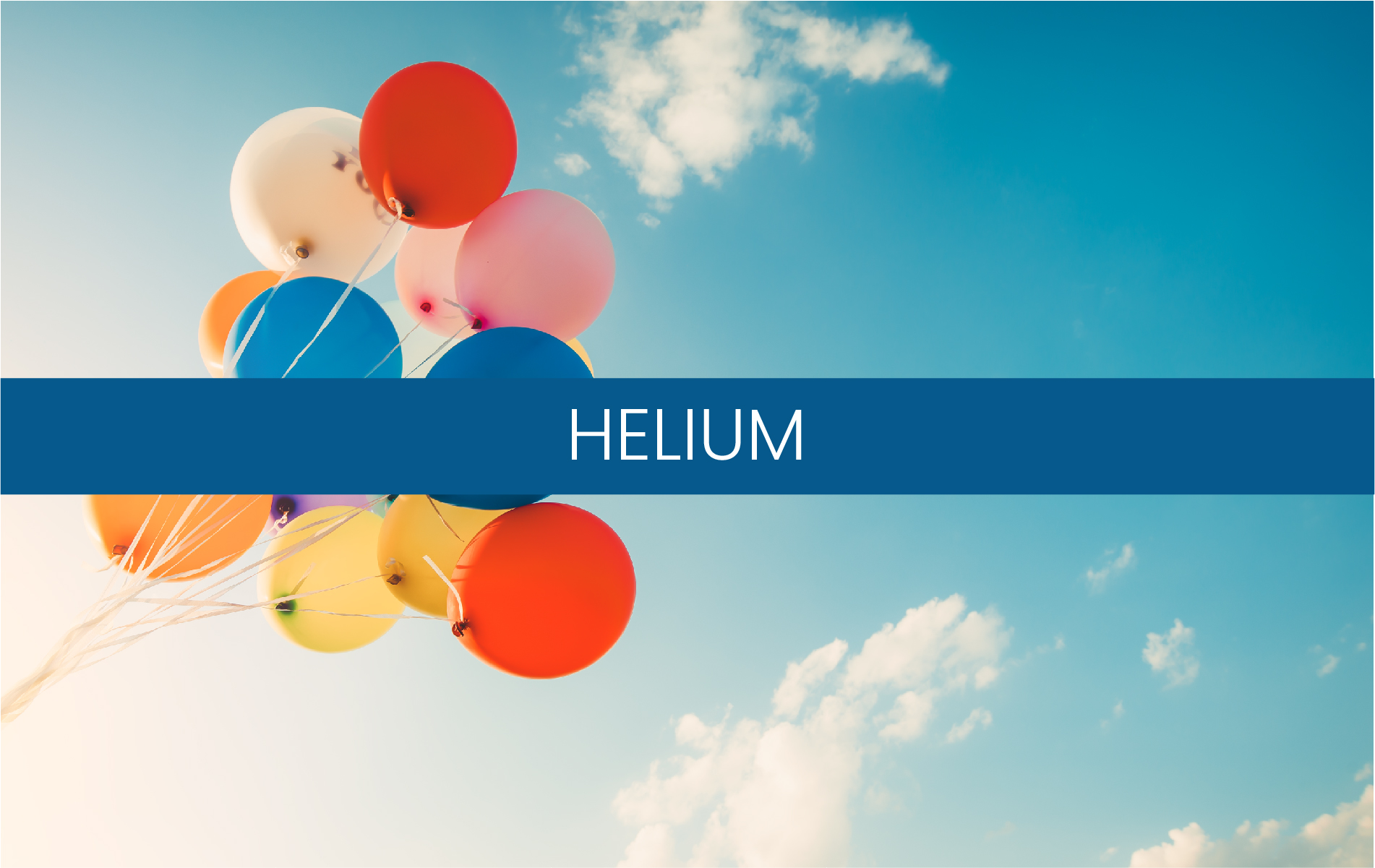GUHLEN II
Bibliographical research and field measurements have revealed a gas mix rich in nitrogen and helium in the Guhlen II zone.
In June 2023, 45-8 ENERGY submitted an application for an exploration license to the local mining authority, the LBGR, which is currently under review. Located in the Brandenburg, southeast of Berlin, the requested exploration license covers 641km² and concerns the Helium resource.
The granting of this exploration license, and the subsequent validation of our hypotheses, would enable us to develop the helium resource, as well as any associated gases.
The license application has been submitted for a 5-year period to allow for additional data acquisition.
Towards local helium production in Germany!
01
The Guhlen II project

Bibliographical research and field measurements have been carried out in the past, demonstrating significant helium potential in the area known as “Guhlen II”.
In June 2023, 45-8 ENERGY applied for an exploration license from the regional mining authority, the LBGR, which is currently being processed. It concerns an area of 641km² in the Land of Brandenburg, south-east of Berlin, in Germany. The aim of the application is to deepen our geological knowledge of the area and confirm its helium potential.
The license application has been submitted for a period of 5 years in order to acquire the data required to confirm the accumulation of a helium-rich gas mix.
The Guhlen II project is a supply opportunity for eastern Germany. At a time when 100% of the helium consumed in Germany is imported from outside Western Europe, from the United States, Qatar, Algeria or Russia, at great energy cost and with a high carbon impact, it is becoming essential to produce as close as possible to where it is consumed. As part of the quest for territorial sovereignty, the Guhlen II project makes it possible to consider local helium production, which is necessary for the surrounding industries that have high demand.
Beyond the Guhlen II zone, 45-8 ENERGY is convinced of the potential of this particular geological region, where high levels of helium have been widely reported in the past but never produced to any significant extent due to a lack of use at the time.
To find more about the project and follow its progress, please visit our dedicated website, available in german and in english.
02
The exploration area

The Guhlen II exploration license covers an area of 641km² in Brandenburg, south-east of Berlin.
The requested perimeter is voluntarily large, in order to gain a comprehensive understanding of the geology of the area, and then to target high-potential zones more precisely as acquisitions are made.
03
The gases of the area

The gas mix in the Guhlen II area consists of a helium fraction combined with nitrogen and natural gas, which it is important to co-value in an intelligent and innovative way.
Helium is at the heart of our business, and its potential is important for Germany’s national sovereignty and the supply of helium in Western Europe.

Guhlen II gas is composed mainly of nitrogen, the most abundant element in the earth’s atmosphere (around 78% of its composition).
Given the abundance of nitrogen in the air, its appeal is limited and its economic use unlikely. Its release into the atmosphere poses no risk to humans (inert, odorless, invisible) or the environment (it does not contribute to the greenhouse effect and is already present in high concentrations in the earth’s atmosphere).

The limited natural gas fraction in the Guhlen II field is seen as an innovation opportunity for 45-8 ENERGY. We plan to produce hydrogen on site using a steam methane reforming process.
The carbon dioxide generated by this process will be captured and purified to supply local industries (breweries, cryogenics, fire-fighting), another restricted market that currently imports the resource over long distances.
This approach is a real response to the challenges of hydrogen supply in Europe, contributing to the energy and ecological transition.
04
The work program
Confirm the helium production potential of the existing discovery and to implement a first production unit.
Evaluate the exploration potential within the perimeter of the license in order to consider carrying out additional exploration drilling.
This work program will be carried out in such a way as to reconcile industrial activity with respect for the environment and local residents thanks to innovative technologies and methodologies developed and tested on our French projects, as well as by drastically reducing the footprint of our activity.
Exploration area size
641 km²
Exploration area size
5 years
Valid period of the license
2500 m
Depth at which the discovery is located
05
The key steps
* Estimated. Under investigation by the Brandenburg Mining Authority.
06
A local and strategic project
In addition to Guhlen II, the 45-8 ENERGY project represents a means of securing the local supply of helium for an entire region of Germany, which is currently in high demand and subject to recurring risks of shortages.
The Guhlen II production project is part of the company’s drive to value the most of all the resources present in the subsurface. 45-8 ENERGY has already established a commercial plan to secure outlets for each resource, namely helium, hydrogen and carbon dioxide.
Germany uses 9.5 millions m³ of helium each year, making it the world's 5th largest consumer, and is also largely dependent on imports. Silicon Saxony, which covers Dresden and the surrounding area, is the largest microelectronics site in Europe and the 5th largest in the world.
This type of industry requires large volumes of helium to operate. Electronics accounts for 25% of the world's use of helium. Since the Guhlen project is located 100km from Dresden and, more specifically from the Silicon Saxony, the helium produced will be distributed directly to microelectronics companies in this major competitive cluster. In addition, INTEL is planning to build two semiconductor production facilities in Magdeburg, located 230km away from the project, by the end of the decade.
Part of our helium production could thus be dedicated to supplying these units, which consume large amount of helium and are essential to meet the needs of the New Tech.
The eastern part of Germany is an important industrial region with many major consumers of hydrogen (green mobility, steel industry, chemical industry).
As part of the energy and ecological transition, projects using hydrogen are multiplying and the consumption of this resource should double by 2030, from 55 TWh (in 2020) to 110 TWh (in 2023). The hydrogen produced from the methane fraction of the Guhlen project will therefore contribute to the decarbonation of local industries, in search of a secure and more eco-responsible supply.
For example, part of the hydrogen from the Guhlen project could be sent to the ArcelorMittal steel plant, located 50km away, which is planning to produce eco-responsible steel, powered by hydrogen.
Germany is both the largest producer and the largest consumer of industrial carbon dioxide in Western Europe.
However, the production of the resource is mostly concentrated in the West of Germany. And carbon dioxide from the eastern part of Germany is mainly generated by the seasonal production of ammonia.
Carbon dioxide produced on the Guhlen project will thus ensure a local, reliable and secure supply to numerous consumer companies in the region. These companies are very diversified and involve the carbonated beverage indutry (beer, soft drinks, water...), the chemical industry and the cryogenic industry.



